In chaos, there is IVF
History:
Did you know that IVF existed even before 1978??? Before the birth of Louise Brown in 1978, 1891 marked the first successful birth of a nonhuman mammal. Isn’t that amazing?
Face behind the major milestones prior to human IVF:
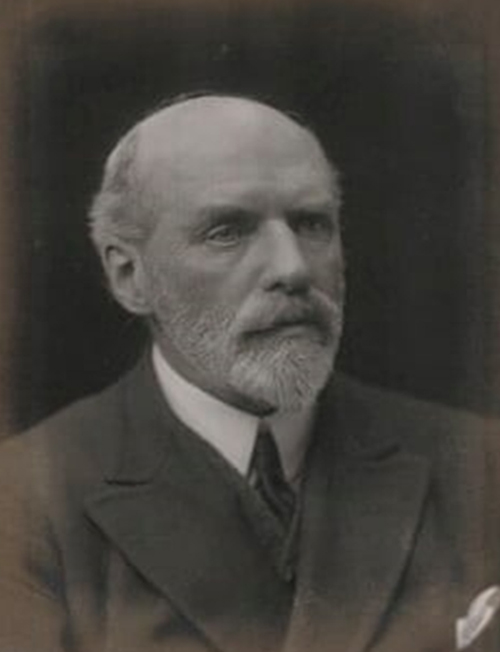
Walter Heape
1891- Reported the first successful embryo transfer in a mammal
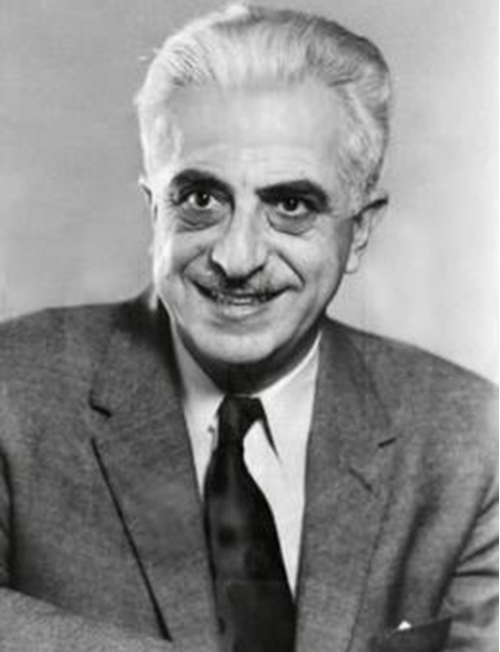
Gregory Goodwin Pincus
1934- In Vitro Fertilization in rabbits in 1934
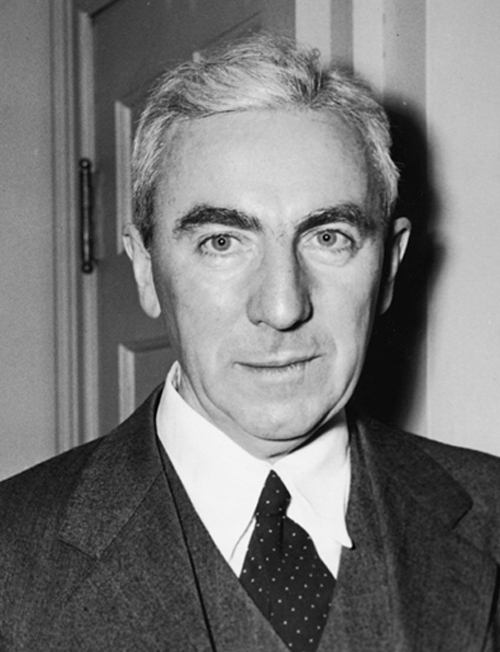
John Charles Rock
1944- First to extract an intact fertilised egg
Currently, IVF accounts for millions of births worldwide. The growing demand for fertility treatment drives research and expansion of technologies to optimize IVF success.
Why IVF?
IVF is the most effective type of assisted reproductive technology (ART). This is considered to be the most common treatment for people who are unable to conceive naturally. Numerous studies have shown that the success rate of IVF varies from 30-35% in India. However, the success rate globally for IVF is 40%.
With an increasing success rate in this field, the demand for good IVF specialists also grows. IVF training in India is gaining popularity in recent times and it seems to be a beacon of hope to all the infertile couples. IVF courses in India are designed in a way that makes the developments within infertility treatment using technological advances in reproductive medicine.
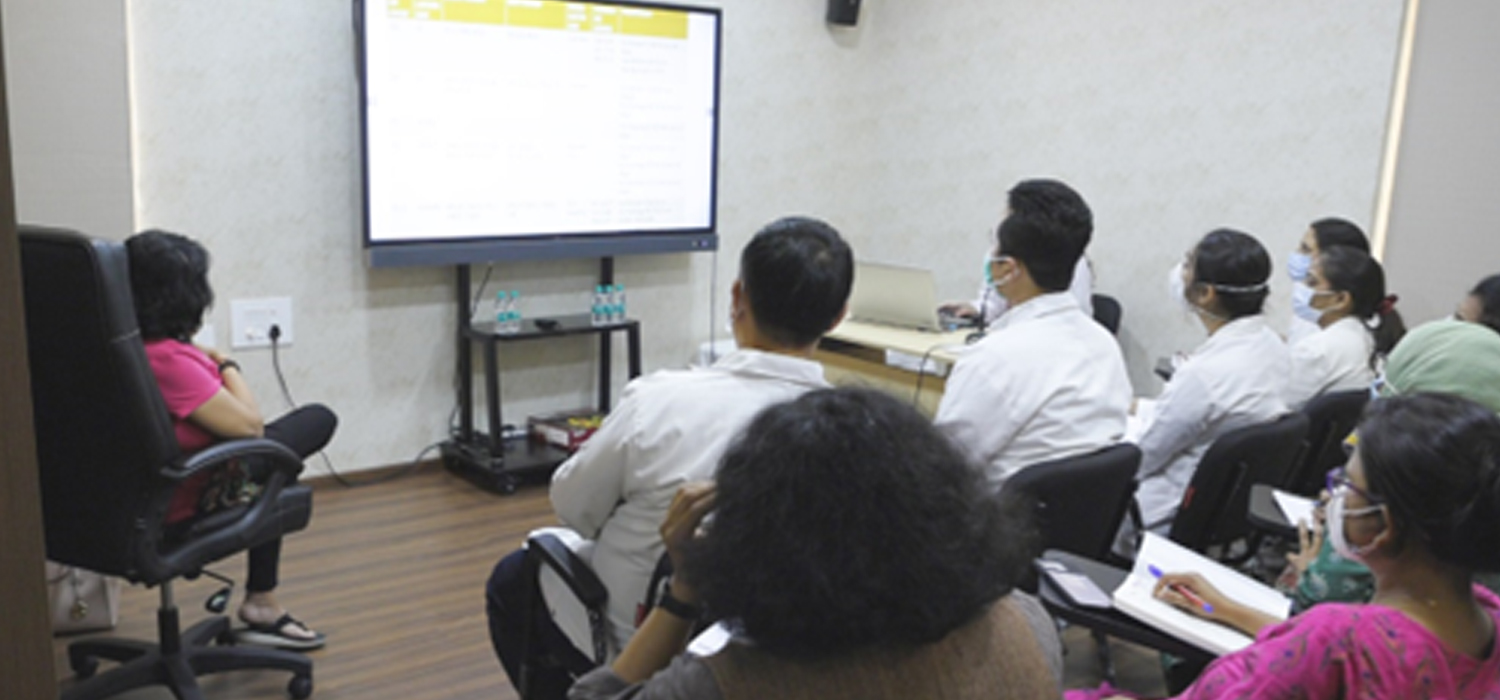
4 Decades and continuing…
Although we are celebrating 4 decades of human IVF, the procedures involved have been around much longer and are still developing. Technological developments in the IVF field have been beyond imagination during the last four years and the success rate in these procedures have been amazing.
What does it include?

Cryopreservation of surplus embryos

Introduction of intracytoplasmic sperm injection (ICSI) to treat male factor infertility
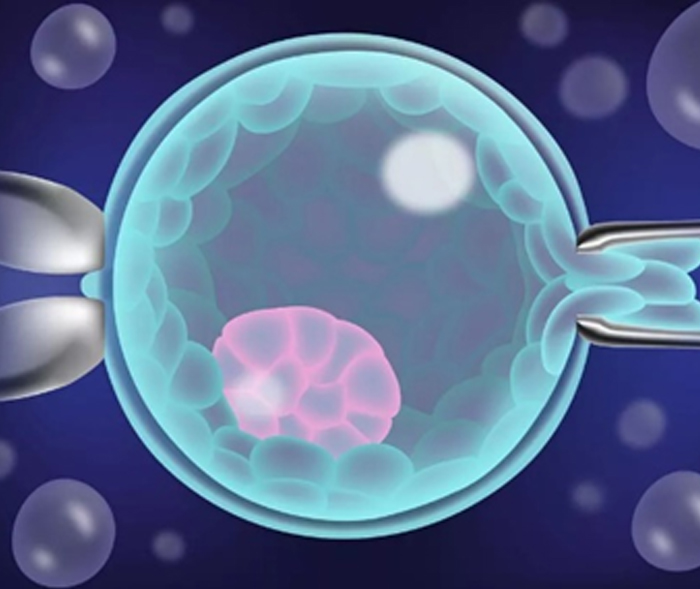
Chromosomal screening by preimplantation genetic diagnosis
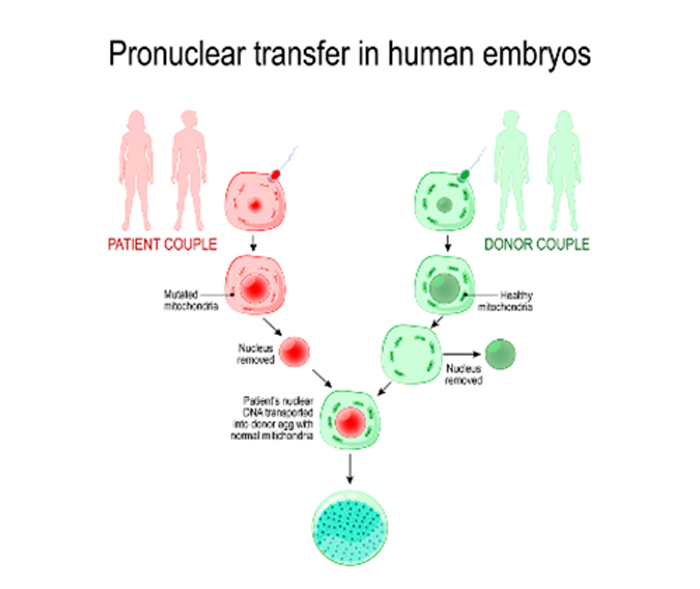
Mitochondrial donation or three parent IVF
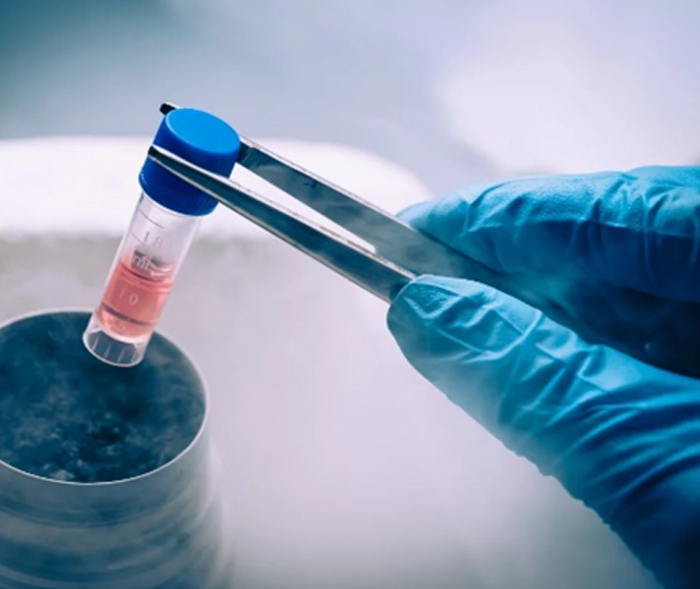
Cryopreservation of ovarian tissue
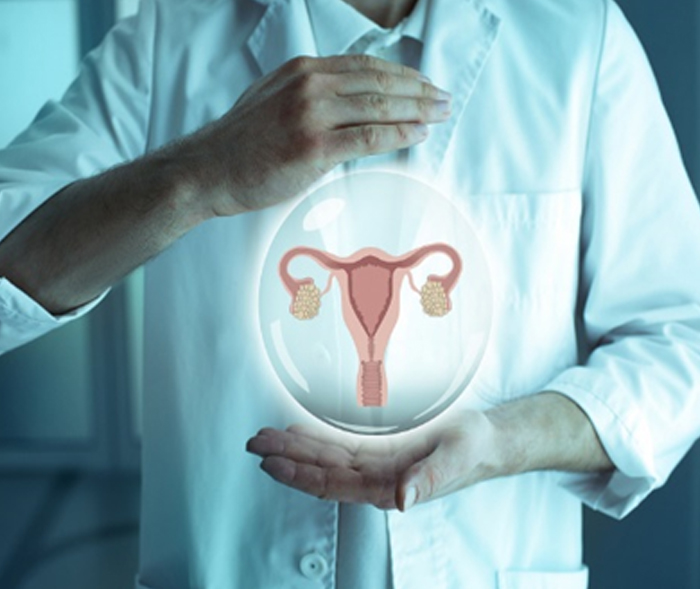
Uterine transplantation
Pursuing other life goals first and delayed child bearing has increased the use of IVF in the recent years. There are several other alterations in the treatment of infertility that would not be possible without IVF.
Steps involved in IVF:
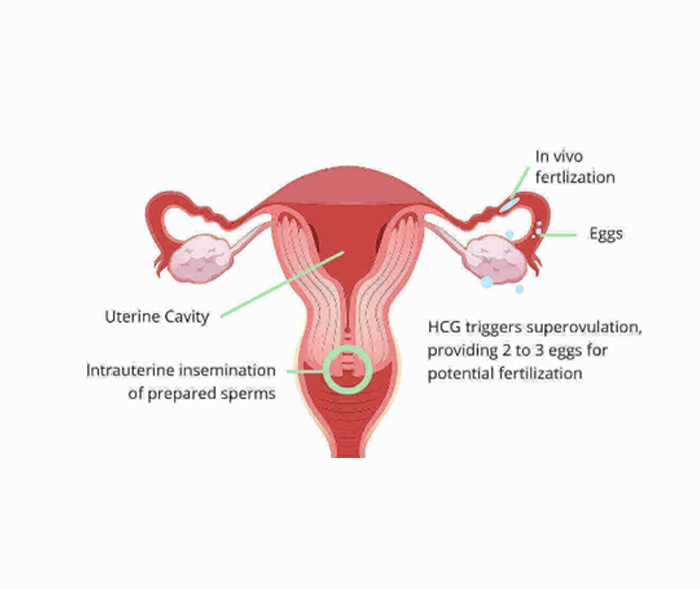
Step 1: Stimulation or super ovulation
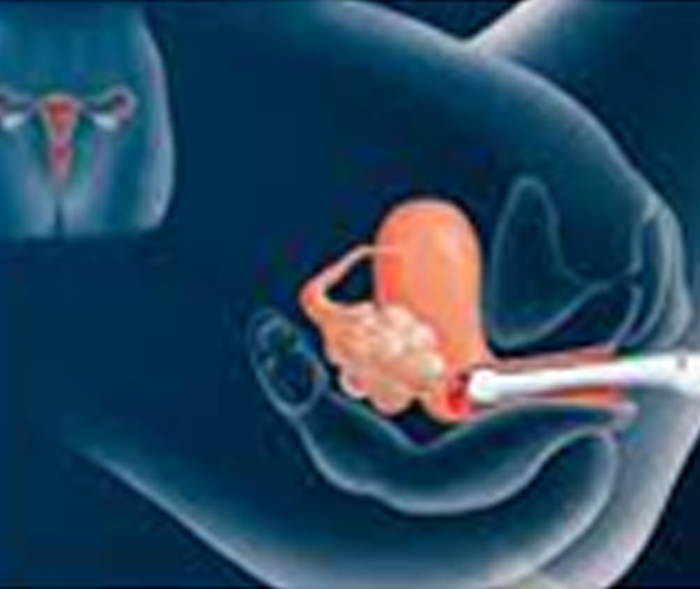
Step 2: Egg retrieval
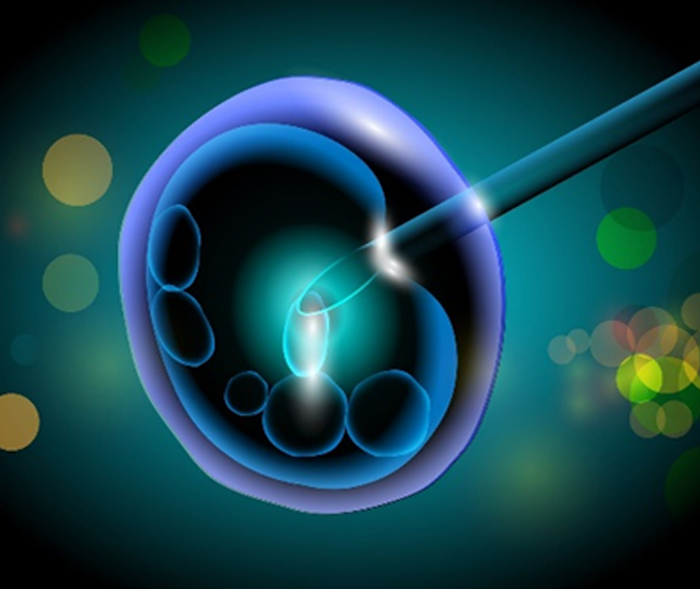
Step 3: Insemination and fertilization
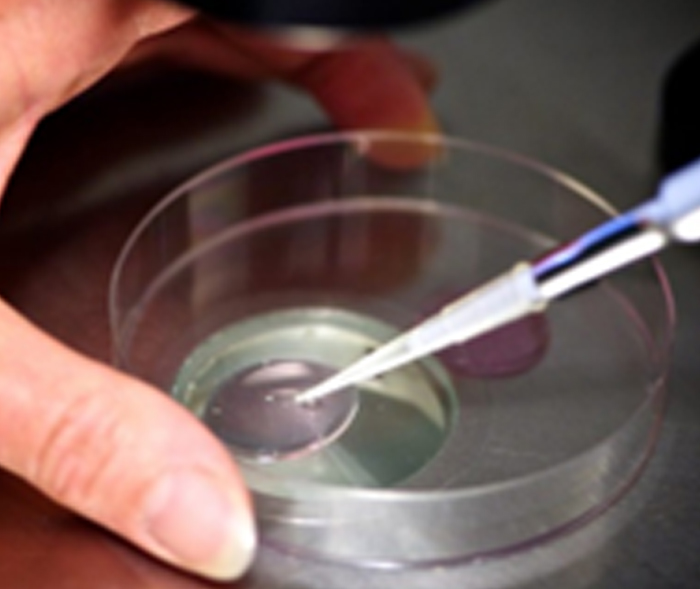
Step 4: Embryo culture
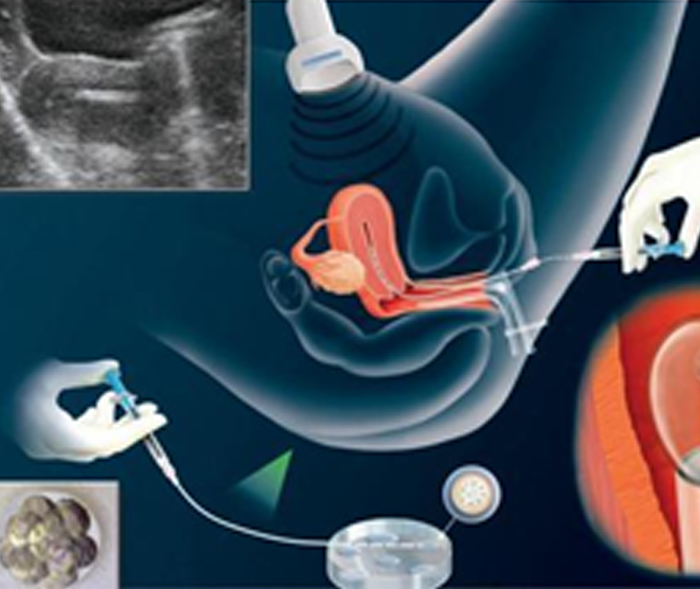
Step 5: Embryo transfer
Risks included with IVF
Though IVF is generally safe, however there are risks involved in these procedures.

Multiple Pregnancy
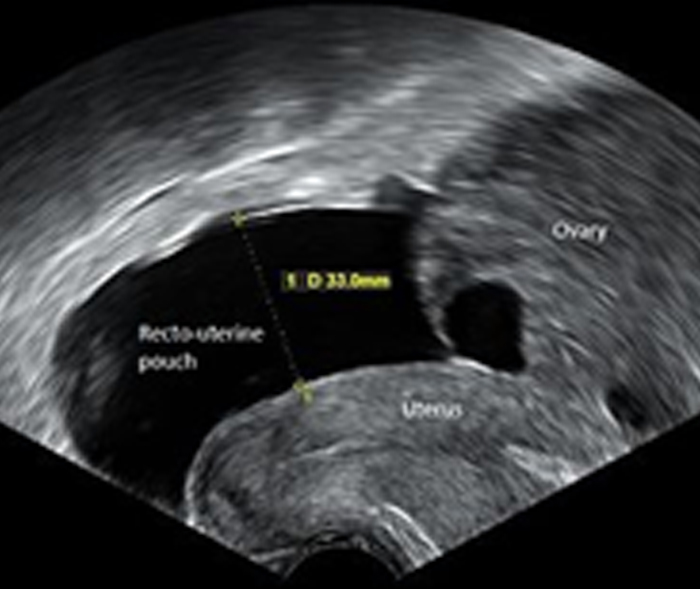
Ovarian Hyperstimulation Syndrome
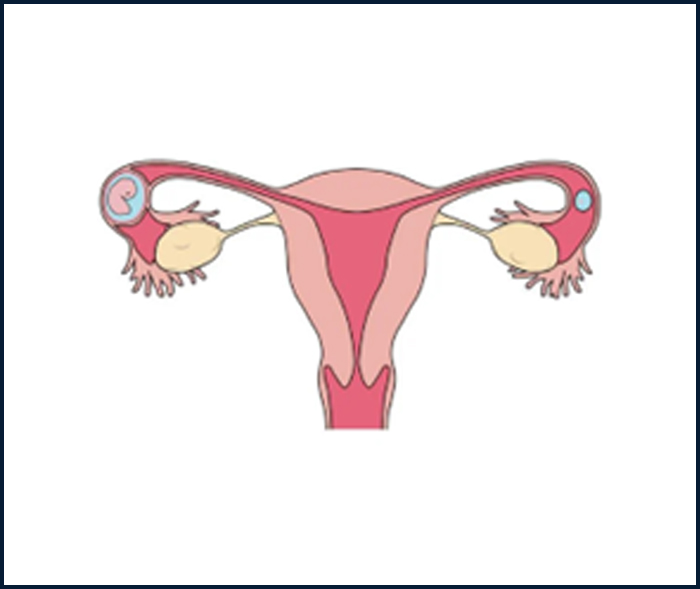
Ectopic Pregnancy

Possible Birth defects
What does the future hold?
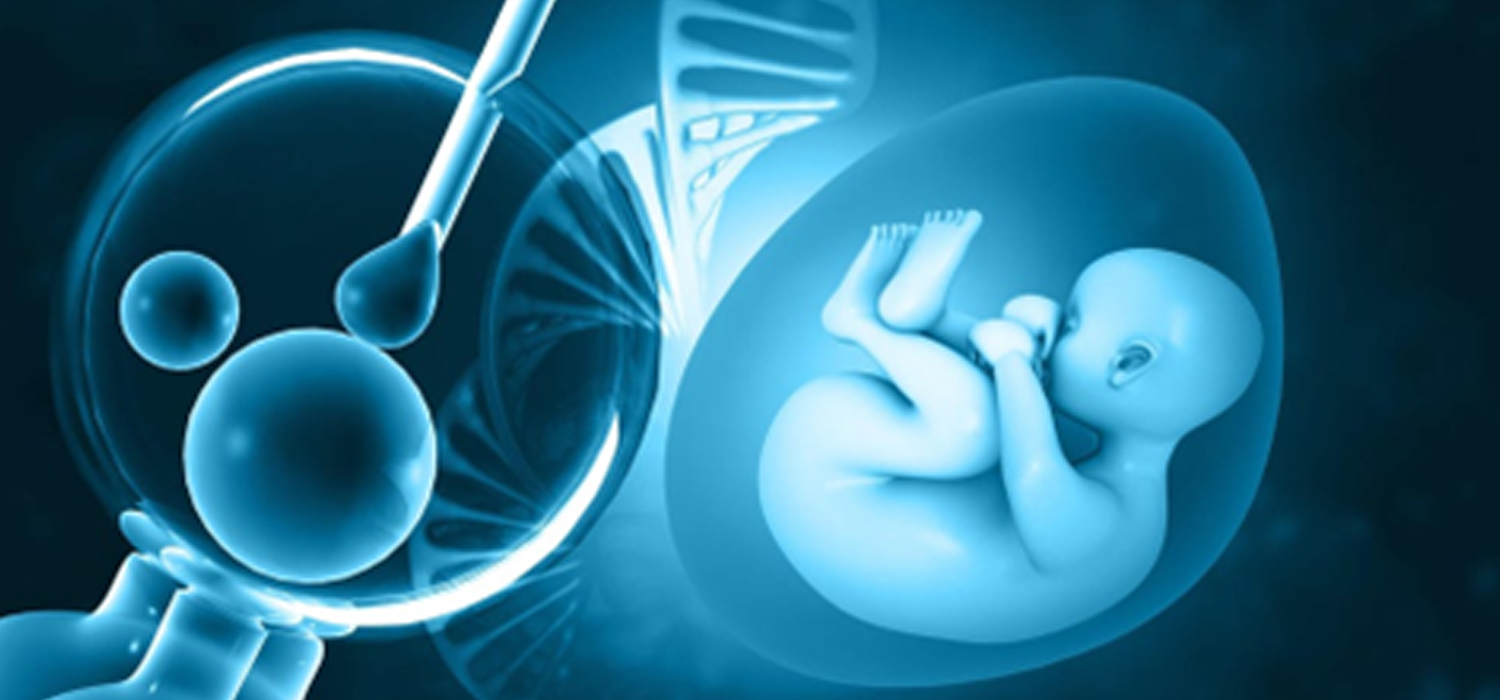
Recent studies conducted by top institutes suggests that by 2100, about 10% of the world population will probably be alive as a result assisted reproductive technologies (ART) transforming the way a significant percentage of the human species propagates. Specialities in reproductive medicine is rapidly transforming human reproduction and is thus bound to remain of vital importance to both science and society. The future of reproductive medicine holds many promises and advances.